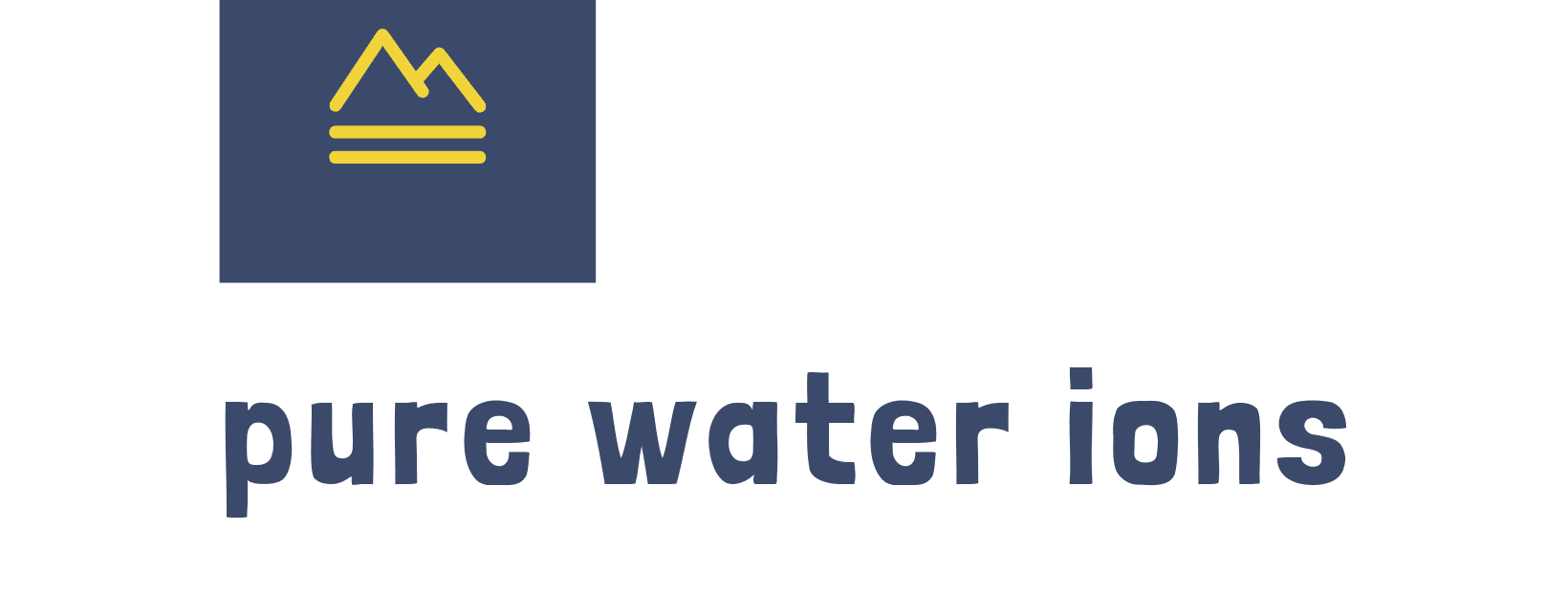
What are the top applications of alkaline water? Do you have an alkaline water machine? Or, an alkaline water ionizer? There’s more to alkaline water than simple drinking and consumption. Let’s take a look at the key uses of alkaline water and how you can get the most from your shiny new alkaline water machine.
1: Primary Use: Human Consumption
General Hydration: While alkaline water (typically pH 8–10) is safe for daily consumption, its purported superiority over neutral-pH water in hydration efficiency lacks robust clinical evidence. However, it is one of the top applications of alkaline water.
The human digestive system regulates pH homeostasis meticulously, rendering marginal increases in water alkalinity physiologically insignificant for most individuals.

Acid Reflux Mitigation
A 2012 Annals of Otology, Rhinology & Laryngology study demonstrated that water with pH 8.8 irreversibly denatures pepsin, potentially alleviating GERD symptoms. However, this effect is ancillary to standard proton-pump inhibitor therapy and should not replace medical treatment.
Warning: Over consumption of alklaine water can cause health issues. Chronic overconsumption may upset gastric acidity, impairing protein digestion and nutrient absorption.
2: Culinary Applications
Alkaline water exhibits unique physicochemical properties that influence food preparation.
Starch Gelatinization
Elevated pH accelerates the breakdown of amylose and amylopectin during boiling, reducing cooking times for pasta/grains by ~15%. This effect parallels the traditional use of lye water in Asian noodle production.
Flavor Extraction
The alkaline environment enhances solubility of polyphenols and alkaloids, subtly altering the flavor profile of teas and broths. Conversely, it neutralizes acidic compounds, making it unsuitable for recipes reliant on tartness (e.g., vinaigrettes, ceviche). For cooking, maintain pH <9 to avoid excessive textural degradation.
3: Household and Horticultural Uses
What about domestic uses? Did you know you can use alkaline water for effective everyday cleaning about the house. It’s true, it is one of the most popular applications of alkaline water.
Surface Cleaning
The saponification effect of alkaline solutions (pH 9–10) emulsifies lipid residues, making it effective for degreasing kitchen surfaces without synthetic detergents.
Plant Irrigation
Though most flora thrive in slightly acidic conditions (pH 5.5–6.5), alkaline-tolerant species (e.g., Asparagus officinalis, Brassica oleracea) may benefit from irrigation with pH-adjusted water (7.5–8). Always test soil pH before application.
4: Dermatological Considerations
Topical use of alkaline water remains contentious. Proceed with caution, and consult a professional for medical advice if you have any concerns or underlying issues.
Epidermal Barrier Function
While hard water (high Ca²⁺/Mg²⁺) is known to exacerbate eczema, weakly alkaline water (pH 7.5–8.5) may reduce surfactant-induced irritation during rinsing.
Hair Keratin Structure
Temporary cuticle smoothing occurs at pH ~8, reducing mechanical friction and frizz. However, prolonged use may deplete natural scalp acidity (pH 4.5–5.5), increasing microbial susceptibility.
READ NEXT
Best Alkaline Water Machines 2025 – click here
Can You Drink PURE Water? – click here
Minerals in Water – click here
What Does Alkaline Water Taste Like?

The taste of alkaline water is subtly different from conventional water. The retention of alkaline minerals (like calcium, magnesium, and potassium) gives a faint sweetness. A pleasant taste for many.
However, some people notice a slightly metallic aftertaste from electrode leaching, particularly in lower-quality machines. Overall, it has a rounder and less sharp taste compared to regular water.

